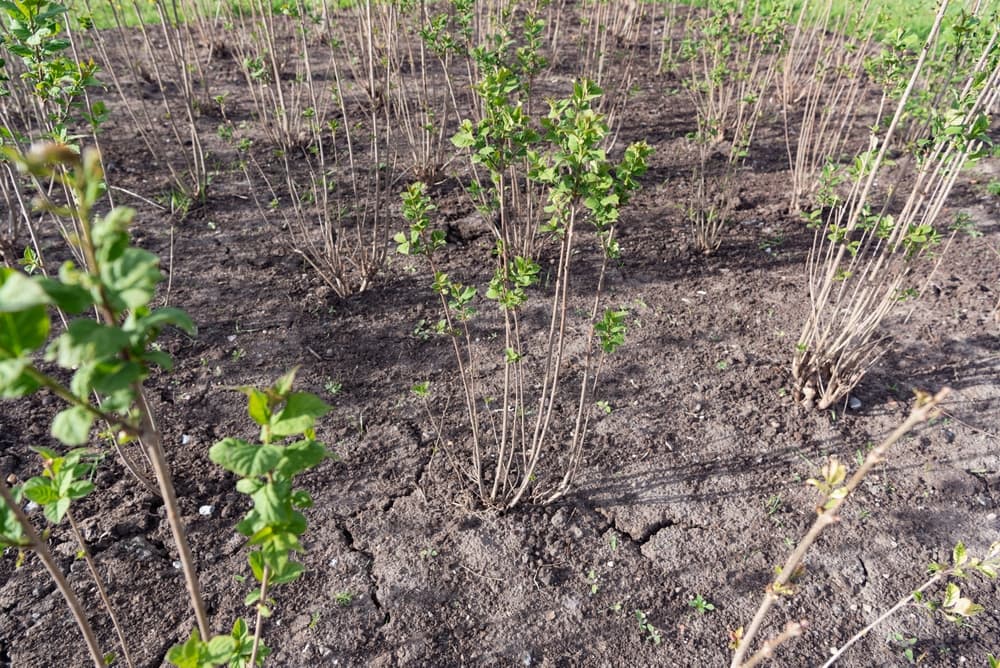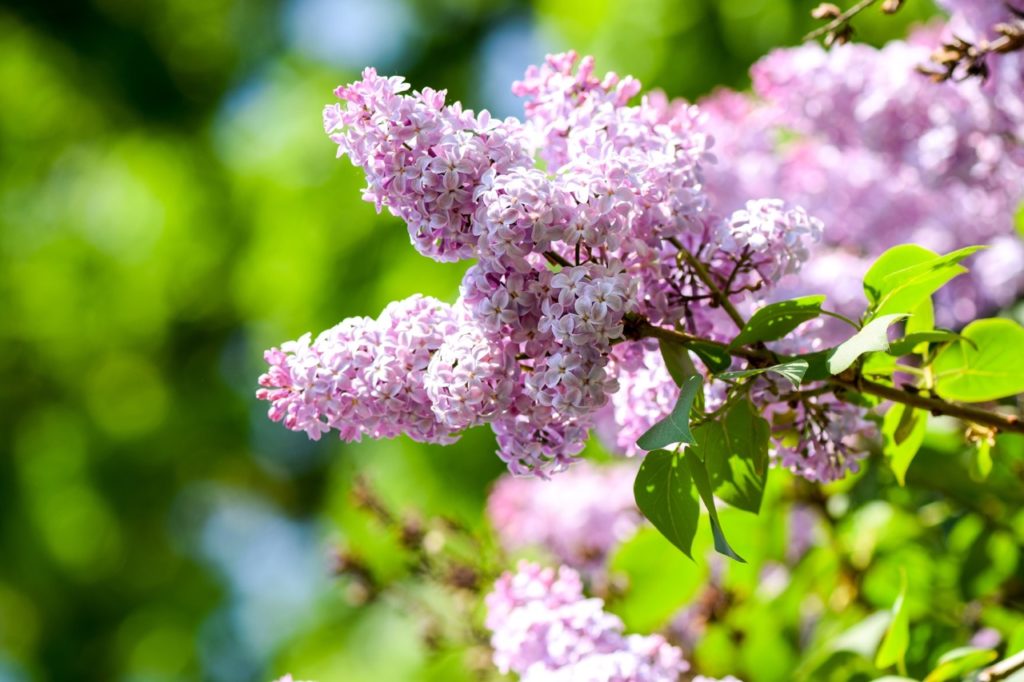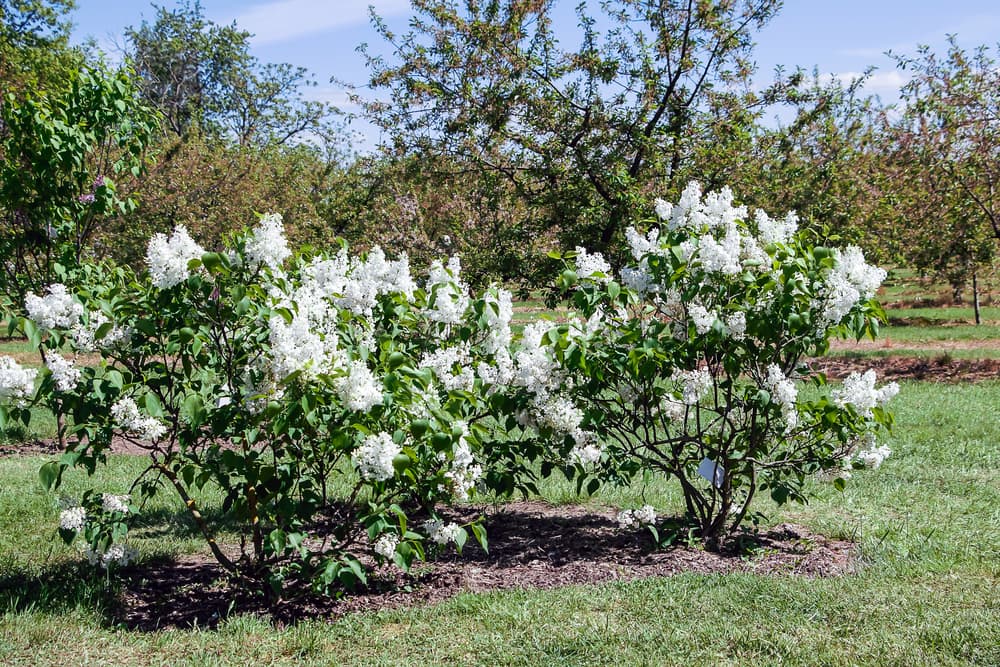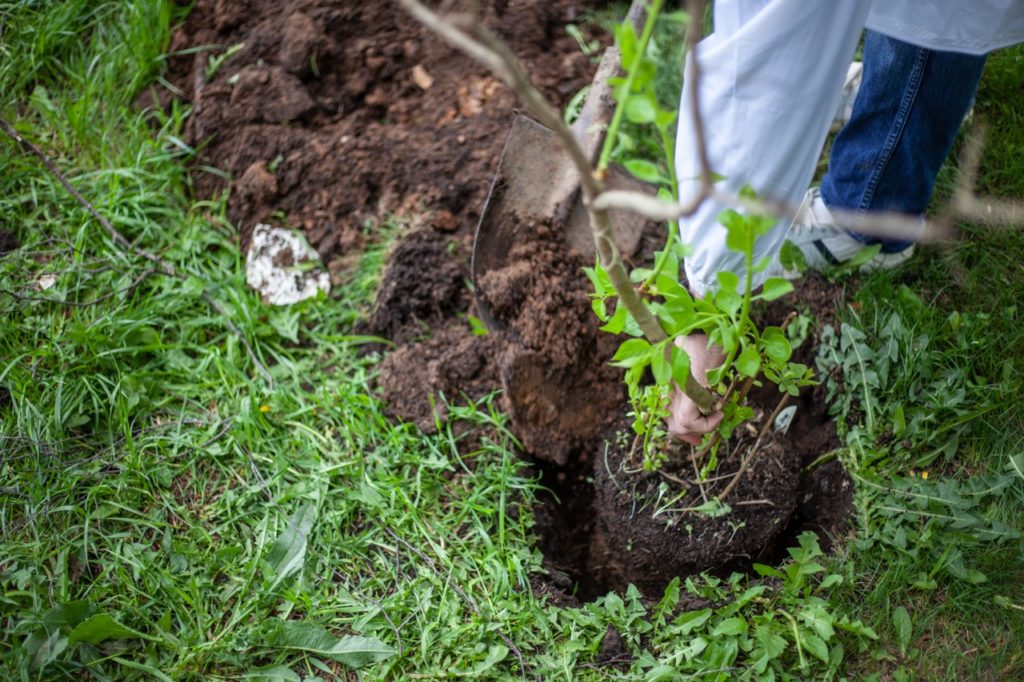Planting Out Lilac Is A Very Simple Process, But You Need To Choose The Right Time


Elizabeth is a Permaculture Garden Designer, Sustainability Consultant and Professional Writer, working as an advocate for positive change. She graduated from the University of St. Andrews with an MA in English and Philosophy and obtained a Diploma in Applied Permaculture Design from the Permaculture Association.
Reviewed By COLIN SKELLY

Colin is a Horticulturist and Horticultural Consultant with experience in a range of practical and managerial roles across heritage, commercial and public horticulture. He holds the Royal Horticultural Society’s Master of Horticulture award and has a particular interest in horticultural ecology and naturalistic planting for habitat and climate resilience.
LILAC GUIDES
Lilac, Syringa vulgaris, is a popular garden shrub with many different cultivars to choose from, which can become small trees, large shrubs, or smaller and more compact plants depending on which one you choose.
Most have purplish flowers but there are also pink and white cultivars to consider.
Though it blooms only over a short period and is not native to the UK, it can be a good addition to a wildlife-friendly garden.
Lilac shrubs or trees are typically purchased as pot-grown specimens to be planted out in the garden.

Planting out lilac in your garden is a very simple process, but you do need to do this at the right time and make sure that you choose the perfect location.
| Difficulty | Easy |
| Equipment Required | Spade |
| When To Plant Out | March-April or September-October |
When To Plant Lilac
You can plant out lilac at any time between spring and autumn, but the best times are in autumn when the soil is still relatively warm, or in spring, once the weather begins to warm but while things are still relatively wet and cool.
“Given the option, I will always plant in autumn,” adds Master Horticulturist Colin Skelly.
“This is because in the UK autumns are getting milder, meaning that the amount of root growth prior to winter is now greater than it would have been in the past.
Also, there is now also a tendency for drier, hotter spells in spring that can cause heat and water stress for newly planted shrubs.”

Avoid planting out in freezing weather and, if you plant out in summer, take care to make sure you water very well until the plant becomes established.
Where To Plant Lilac
When choosing a location to plant lilac, you need to think about the eventual size to which the particular cultivar that you have chosen will grow.
Some can grow very large, while others will remain relatively compact.
Smaller and more compact cultivars can be great for smaller gardens, and can also be suitable for container cultivation.
Lilac needs a sunny spot, or a spot with dappled shade, but the plant should get at least 6 hours of sun each day in order to flower well.
The soil must be moist yet free-draining, and though lilac is relatively unfussy about soil type, it will do best in soil with a neutral or alkaline pH.

When choosing a planting location, be sure to think not only about the needs of the plant but also about how it will combine with other plants.
Consider choosing companion plants that will bloom at the same time as your lilac for an attractive display, and also plants that will bloom before and after this plant to ensure you have blooms in that part of your garden for as much of the year as possible.
For example, larger cultivars can look great with a late-flowering clematis growing through them.
Planting Out Syringa
The actual planting process is very simple.

Here are the step-by-step instructions:
- Dig your planting hole and ensure it is large enough to accommodate the root system of the plant, or prepare a large pot with at least a 60cm diameter.
- Place the plant into the hole or pot, ensuring it is upright and stable.
- Fill the hole with soil or compost around the plant, firming it down gently.
- Water your plant in well.
- Add a mulch around your plant to retain moisture and add fertility over time.
